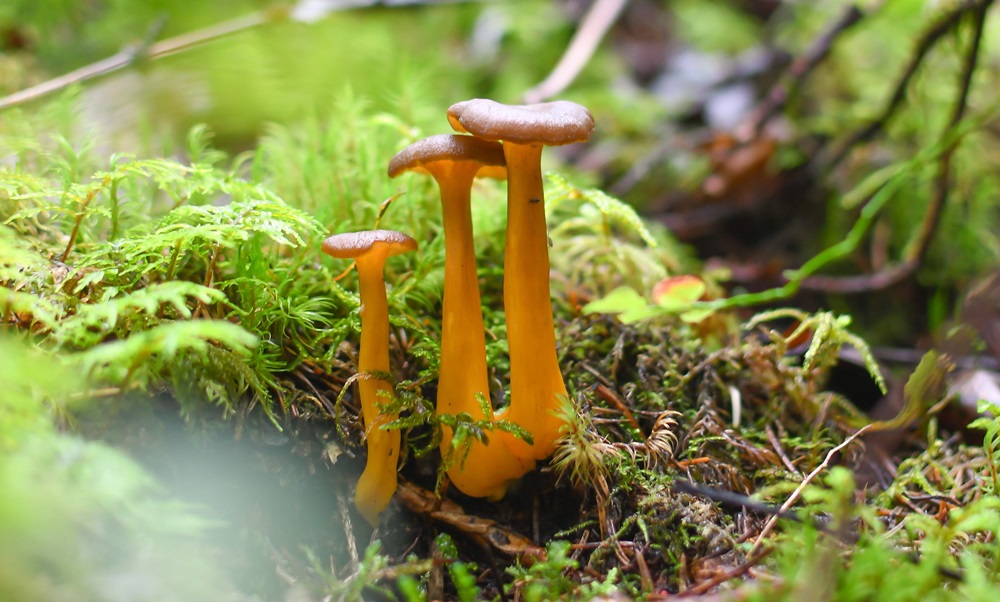Mushrooms 2025 Campaign

The Radiation and Nuclear Safety Authority (STUK) organized a campaign from early July to the end of November to measure edible mushrooms. We received nearly 900 mushroom samples from all over Finland. Thank you to everyone who participated.
The aim of the campaign is to examine the concentrations of radioactive cesium (Cs-137) in mushrooms and how these concentrations vary by region and mushroom species. Results will be released in stages depending on the number of samples. Results will be available by April 2026 at the latest.
Most of the radioactive cesium present in Finnish nature originates from the Chernobyl nuclear power plant accident in 1986, which will have occurred 40 years ago in April 2026. STUK’s nationwide environmental monitoring program has tracked the presence of radioactivity from the Chernobyl fallout in the environment ever since the accident. Small amounts of radionuclides from the fallout are still present in Finnish nature.
Mushrooms Are Nutritious
Edible mushrooms growing in Finnish forests are nature’s own superfood – delicious, nutritious, and a sustainable choice for your plate. They are rich in beneficial nutrients and enhance the diet.
Cesium levels in mushrooms have decreased over the past 40 years. The recommended limit for cesium is 600 becquerels per kilogram. Although occasional exceedances are found in mushrooms, they contribute well under one percent of the average annual radiation dose received by Finns. Therefore, it is safe to collect and enjoy mushrooms. Cesium can be reduced by processing the mushrooms, although processing is not necessary for radiation safety.